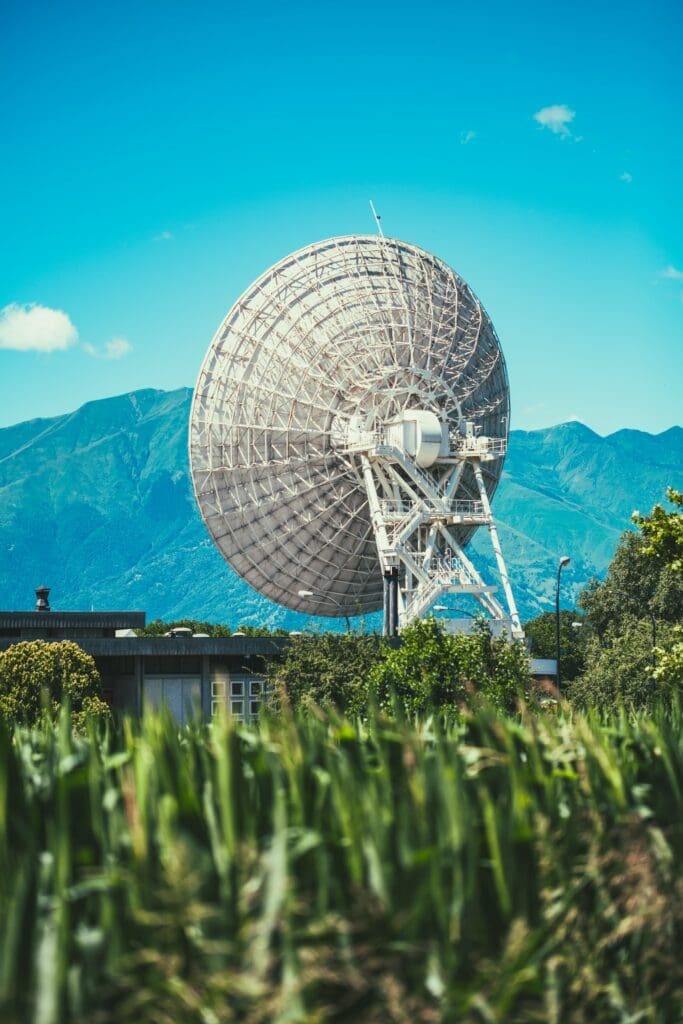Introduction
As the world continues to experience unprecedented climate patterns, it is important for us to understand the causes and potential consequences of these phenomenon. Climate change is a complex issue with multiple contributing factors operating on local and global scales. These factors range from natural phenomena such as El Nino events, volcanoes, solar activity, ocean currents and aerosols in the atmosphere; to human induced activities like burning fossil fuels.
Natural Phenomena
El Nino
El Niño is a weather phenomenon which occurs when sea surface temperatures in the equatorial Pacific Ocean become abnormally warm. This warming affects global climate patterns, often leading to an increase in rainfall during winter months and droughts during summer months. El Niño events can cause disruptions to many different sectors such as agriculture, fisheries, energy production and tourism. Additionally, it can lead to increased instances of flooding due to heavy rainfalls or mudslides from reduced soil stability caused by drought conditions. In severe cases, El Niño has even been known to trigger devastating hurricanes across the globe including those that have affected coastal communities like Florida and Texas in recent years.
Volcanoes
Volcanoes erupt when magma, molten rock from deep within the earth, rises to the surface. This is caused by pressure build up which is created as new magma continues to be produced inside of Earth’s crust. Before an eruption occurs there are several warning signs such as increased seismic activity, ground swelling and gas emissions. To stay safe during a volcanic eruption it’s important to follow evacuation orders and avoid areas near active volcanoes that may be affected by ash fall or lahars (mudflows). It’s also important not to breathe in any fumes or ash that have been released into the atmosphere as this can cause serious health problems if inhaled. Keep informed with updates on local media outlets for changes in alert levels and emergency notifications for your area if one occurs nearby.
Solar Activity
Solar activity is another important factor in climate change. Variations in the Sun’s energy output can impact Earth’s atmosphere and surface temperature, which affects global warming trends. Solar activity includes sunspots, flares and coronal mass ejections (CME), all of which are linked to increased UV radiation reaching the planet’s surface and upper atmosphere. This increases atmospheric heating by trapping more heat from infrared radiation emitted from Earth’s surface. Additionally, changes in solar wind speed can affect cloud formation patterns as well as weather patterns such as monsoons or hurricanes, leading to changes in precipitation levels around the world that further contribute to climatic alterations over time. Ultimately, understanding how solar activity influences our climate will be vital for predicting future climates on a regional basis with greater accuracy.
Ocean Currents
Ocean currents are powerful influences on climate patterns, both locally and globally. As the Earth’s atmosphere warms due to increased levels of greenhouse gases in the atmosphere, ocean surface temperatures increase as well. This can result in changes to global circulation patterns that affect air pressure systems, which then influence weather and climate around the world. Areas near or downstream from warm ocean currents may experience milder winters while areas upstream may have cooler summers than normal. Changes in deep-ocean circulation also affect seasonal conditions such as monsoons, hurricanes and El Niño events – all of which play a role in determining regional climates over time periods ranging from days to years. Ocean current changes have had a significant impact on our planet’s overall climate patterns by influencing temperature distribution throughout its waters and changing atmospheric conditions across large parts of the globe.
Human Induced Activities
Burning Fossil Fuels
Burning fossil fuels such as coal, oil and natural gas releases carbon dioxide into the atmosphere. This adds to the greenhouse gases that are already present in our atmosphere. These extra emissions trap more heat from the sun and cause temperatures to rise, leading to climate change patterns all over the world. The warmer air leads to changes in weather patterns like drought, storms, flooding and extreme temperatures which can have devastating effects on communities around the globe. Reducing our use of fossil fuels is an important step towards reducing these impacts of climate change through reducing emissions.
Actions We Can Take
We can reduce fossil fuel burning by making more efficient use of energy and transitioning to cleaner, renewable sources. Investing in efficiency programs that make it easier for people to switch from using traditional fuels like coal or oil to green options can significantly decrease the impacts of burning fossil fuels. Additionally, we need to increase the availability of public transportation systems such as buses and subways so that fewer cars are on the road. Finally, governments must create incentives for businesses and individuals who choose renewables over relying exclusively on fossil fuels. By following these steps, we can move away from reliance on dirty fossil fuels while still meeting our energy needs sustainably.
Conclusion
The impact of these changes has been felt across the globe resulting in rising sea levels due to melting glaciers or polar ice caps. More extreme weather conditions including heavier precipitation or longer droughts are another result of these changing patterns. Furthermore, there are economic impacts associated with climate change where communities are negatively impacted economically because of reduced availability or access to certain goods/services. Of course, there are obvious risks to health that should be considered too. Natural disasters are already dangerous, but the more unpredictable and larger they become the more harsh our lifestyle changes will have to become.




